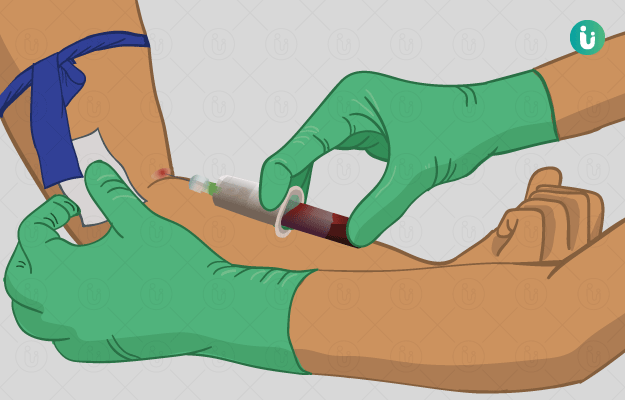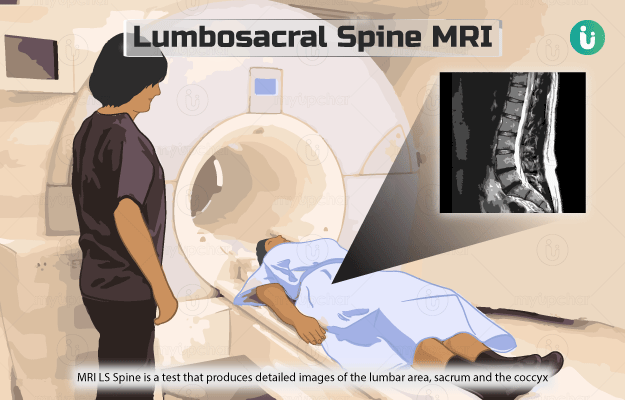TrueNat for TB testing
TrueNat was initially developed for the diagnosis of tuberculosis (TB) and to look for rifampicin-resistant TB in patients.
The machine uses real-time PCR to look for the presence of the DNA of the TB causing bacteria Mycobacterium tuberculosis, in a person’s body fluids.
It can also look for the presence of rifampicin-resistant TB. The test for this is called TrueNat MTB-RIF Dx. Rifampicin is an antibiotic that is used for the treatment of various bacterial infections including tuberculosis. Rifampicin-resistant TB bacteria would not react to the administration of rifampicin so other drugs are needed to treat patients with this type of TB. This is significant because treating patients with the wrong antibiotics can increase the bacteria's resistance to medicines—this has become a major concern for modern medicine today.
Molbio also has two other TrueNat tests for TB called TruenatTM MTB and TruenatTM MTB plus that help in the detection and quantification of TB bacteria in the pulmonary (from the lungs) and extrapulmonary secretions (EPTB specimens) of the body. EPTB specimens include the cerebrospinal fluid (from the brain or spine), pleural fluids (from the layer that covers the lungs), synovial fluid (from the joints) and aspirated (drawn) from the lymph nodes.
In December 2019, TrueNat TB test got approved by the World Health Organization (WHO) for the diagnosis of active TB and rifampicin-resistant TB.
TrueNat does not require cold temperature to work, unlike the other rapid TB test Xpert® MTB/RIF approved by the WHO. The latter is also being used for COVID-19 diagnosis.
TrueNat for COVID-19 testing
The Indian Council of Medical Research (ICMR) validated the use of TrueNat for the diagnosis of COVID-19 in April 2020 and by May 2020, ICMR had approved the use of TrueNat-Beta CoV for screening and confirmatory testing of COVID-19.
Read more: TB and COVID-19
The COVID-19 TrueNat, TrueNat SARS-COV-2 and TrueNat-Beta CoV tests look for the RNA of the coronavirus SARS-COV-2 which causes COVID-19. These tests use samples taken with oropharyngeal or nasopharyngeal swabs, to check for the coronavirus infection.
Since coronavirus is an RNA virus, it requires an RT-PCR which will first convert its RNA to DNA and then amplify the DNA. A real-time RT-PCR often needs about 5-6 hours. A TrueNat test is hence much more rapid.
Before starting the test, the samples are mixed with a reagent that inactivates the virus. This helps reduce the risk of infection to the lab personnel. According to the ICMR guidelines released in May 2020, TrueNat for COVID-19 is to be done in two steps:
- The first step looks for the presence of the E gene of the SARS-COV-2 virus. This gene codes for the envelope (E) protein of the virus. Any sample that comes out to be negative for this gene is said to be a true negative.
- Those that do get positive results from this test then are moved to the second step, which looks for the presence of the RdRp (RNA-dependent RNA polymerase) gene.
Envelope protein in coronaviruses is a small protein that is involved in the formation of the viral envelope (the outermost layer of some viruses). It also plays a role in viral pathogenesis and infectivity. Studies show that if you remove the envelope of coronaviruses, it would affect their ability to cause inflammation and their ability to establish an infection.
RNA polymerase is the enzyme that helps the coronavirus make copies of itself once it is inside healthy cells. Those that test positive for RdRp are said to be true positives.
Read more: ELISA antibody test for COVID-19


































